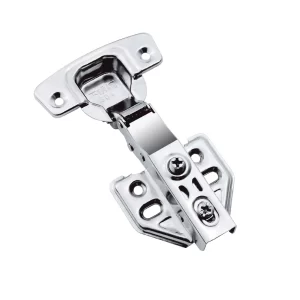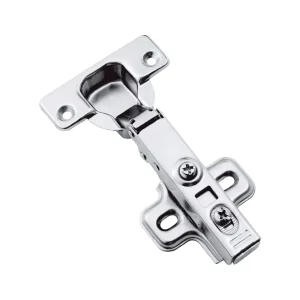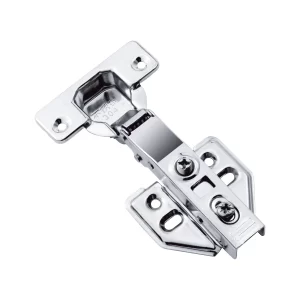In furniture design, hinges are seemingly small but crucial components, which are directly related to the service life, operating experience and overall quietness of the cabinet door. In recent years, soft closing hinges (damping hinges) have gradually become mainstream, while traditional ordinary hinges still occupy a certain market.
As a professional furniture hinge manufacturer, I will analyze the difference between the two for you from the aspects of working principle, performance difference, and applicable scenarios.
Soft Closing Hinges
The core of the soft closing hinge relies on hydraulic buffer technology. When the cabinet door is closed to about 60°, the buffer inside the hinge is activated, and the liquid flows through the piston and through-hole to form resistance, so that the door body closes slowly and gently.
This design not only reduces the impact force, but also completely eliminates the “bang” impact sound, which is especially suitable for scenes with high requirements for silence.
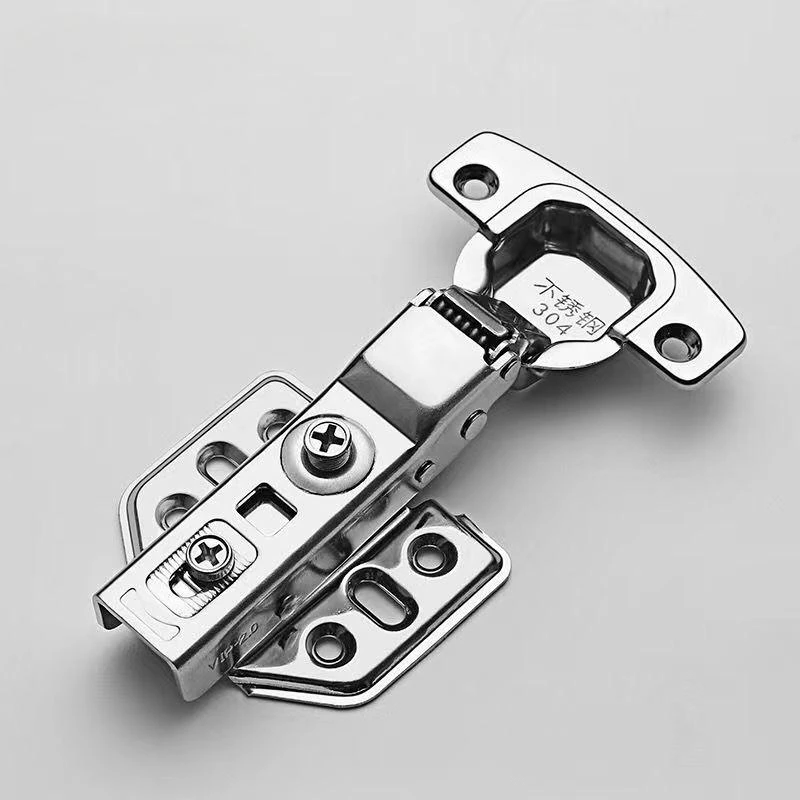
Ordinary Hinge
Relying on purely mechanical structures (such as metal shafts and springs) to achieve opening and closing, there is no buffer device. When closing the door, the door body directly hits the cabinet body, which has a large impact force and obvious noise. Long-term use can easily cause hinge deformation or door panel cracking.
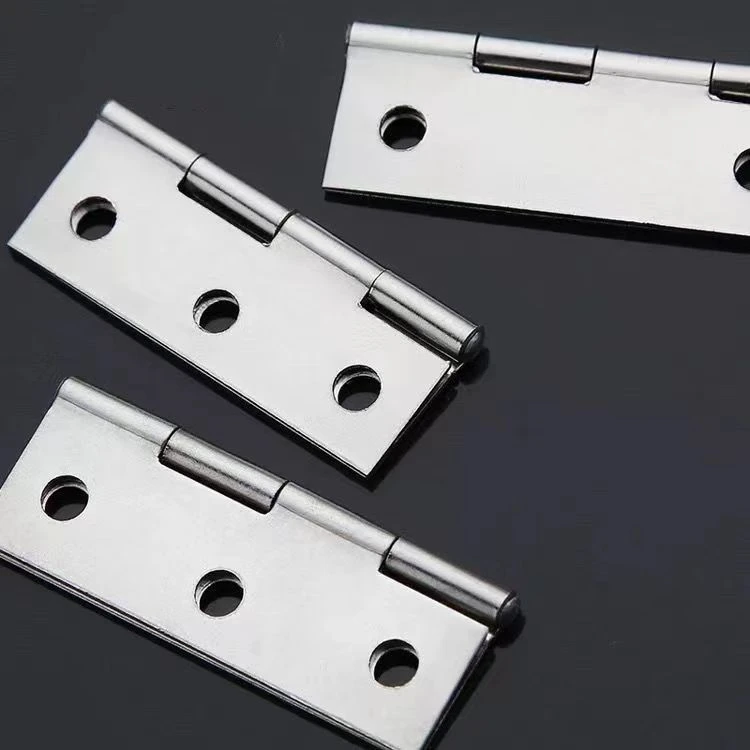
Structural Differences
Soft closing hinges
Soft-closing hinges have built-in hydraulic or damping devices, usually a liquid buffer or spring system, which is used to slow down the speed at which the door closes, ensuring that the door closes softly and quietly.
- Advantages: uniform buffering and long life (usually up to 100,000 times or more).
- Disadvantages: complex structure, precise positioning required for installation; high maintenance cost.
Ordinary hinge
Most of them are single-axis or double-axis designs, relying only on the elasticity of the metal sheet to provide closing force.
- Advantages: low price (about 1/3 of soft closing hinges), easy installation.
- Disadvantages: screws can easily loosen due to impact, requiring frequent maintenance.
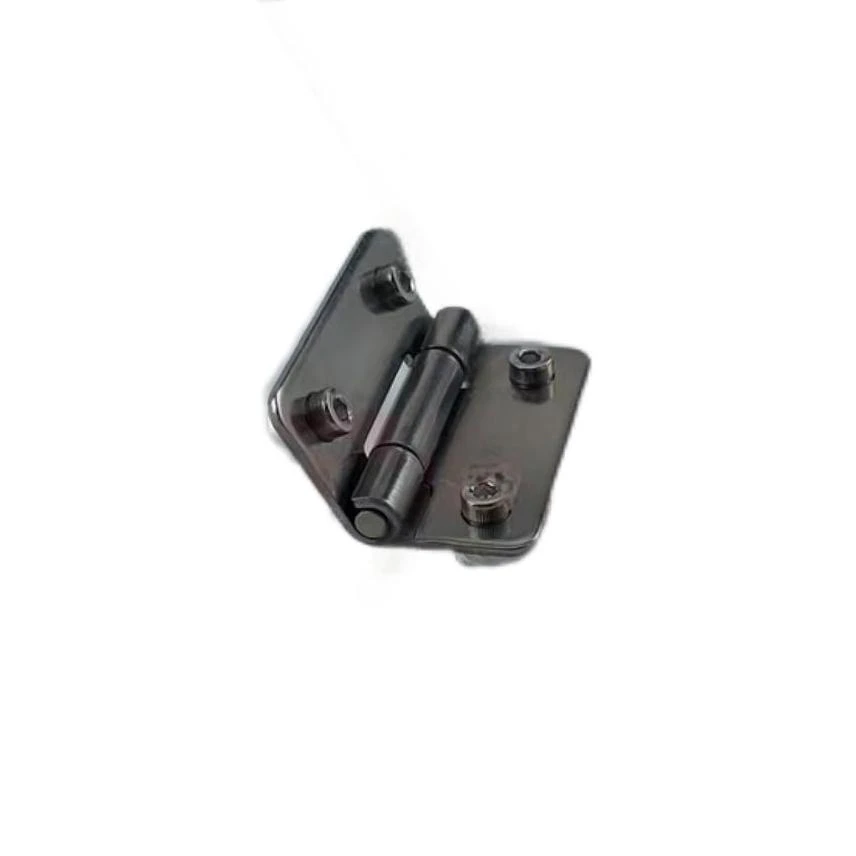
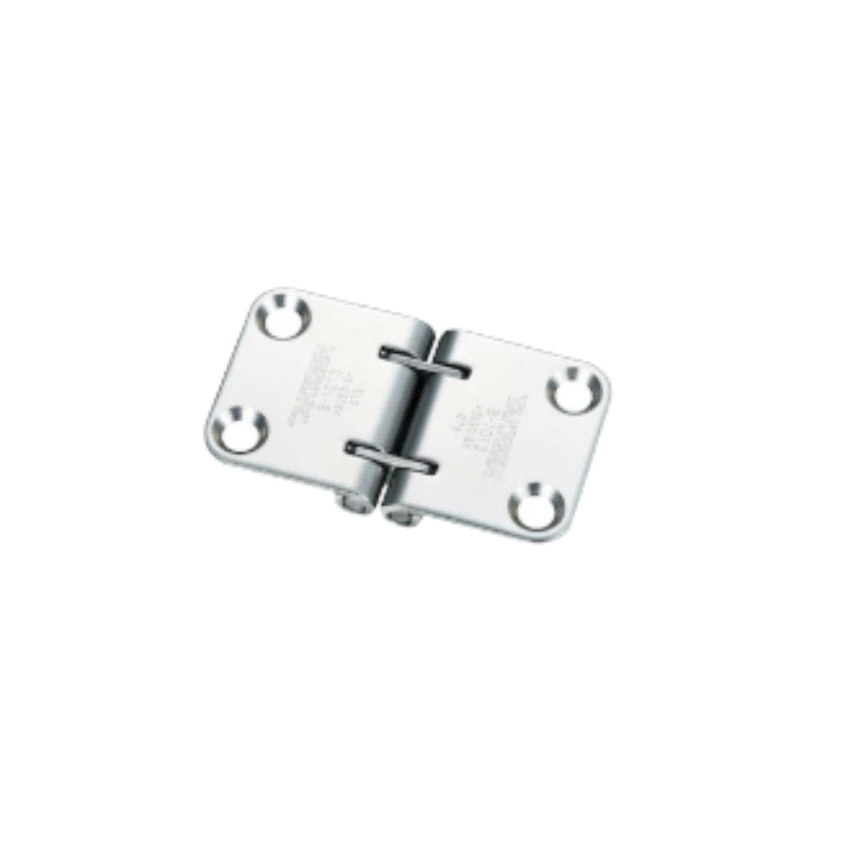
Practical Application Scenarios Comparison
| Scenario | Soft-closing Hinges Applicability | Standard Hinges Applicability |
| Wardrobe/Cabinet doors | ✅ High-frequency use with noise reduction needs | ❌ Low-frequency use with budget constraints |
| Glass-door cabinets/Display cabinets | ✅ Prevents vibration damage to glass doors | ⚠️ Only suitable for lightweight doors |
| Bathroom cabinets | ✅ Optional damp-proof materials prevent metal corrosion | ❌ Prone to rust in humid environments |
| Public area cabinets | ⚠️ Higher cost but reduces long-term maintenance | ✅ Temporary or low-cost installations |
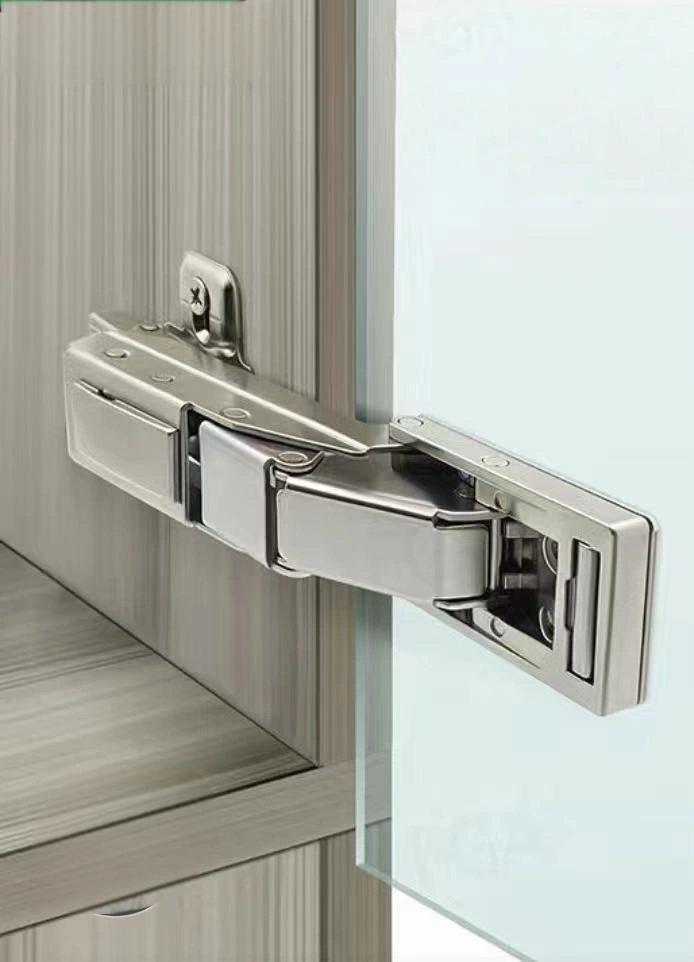
The Hidden Impact of User Experience
- Safety and durability: The buffering function of the soft closing hinge can avoid the risk of pinching fingers (especially in families with children), while reducing the wear and tear of the door panels and cabinets.
- Home quality: The “high-end feeling” brought by the soft closing is unmatched by ordinary hinges, especially suitable for modern minimalist style decoration.
- Long-term cost: Although the initial investment of soft closing hinges is high, its durability and low maintenance rate can reduce the frequency of replacement, and the overall cost performance is better.
Purchase advice
Preferred Scenarios for Choosing Soft Close Hinges
- Bedroom wardrobes (to avoid nighttime noise)
- Glass doors or heavy doors (for cushioning protection)
- High-frequency use areas (such as kitchen cabinets)
Situations where ordinary hinges can still be considered
- Limited budget and no requirement for quietness
- Storage cabinets or decorative cabinets that are not often opened
Installation Notes
- Confirm that the door panel thickness matches the hinge (soft-close hinges are more sensitive to load bearing)
- Choose an adjustable model to facilitate fine-tuning the door panel angle later
Conclusion
The difference between soft closing hinges and ordinary hinges is essentially a trade-off between “experience upgrade” and “cost control”. In today’s pursuit of quality of life, the former has become the standard for mid-to-high-end furniture. If the budget allows, it is recommended to invest in soft closing hinges first.

